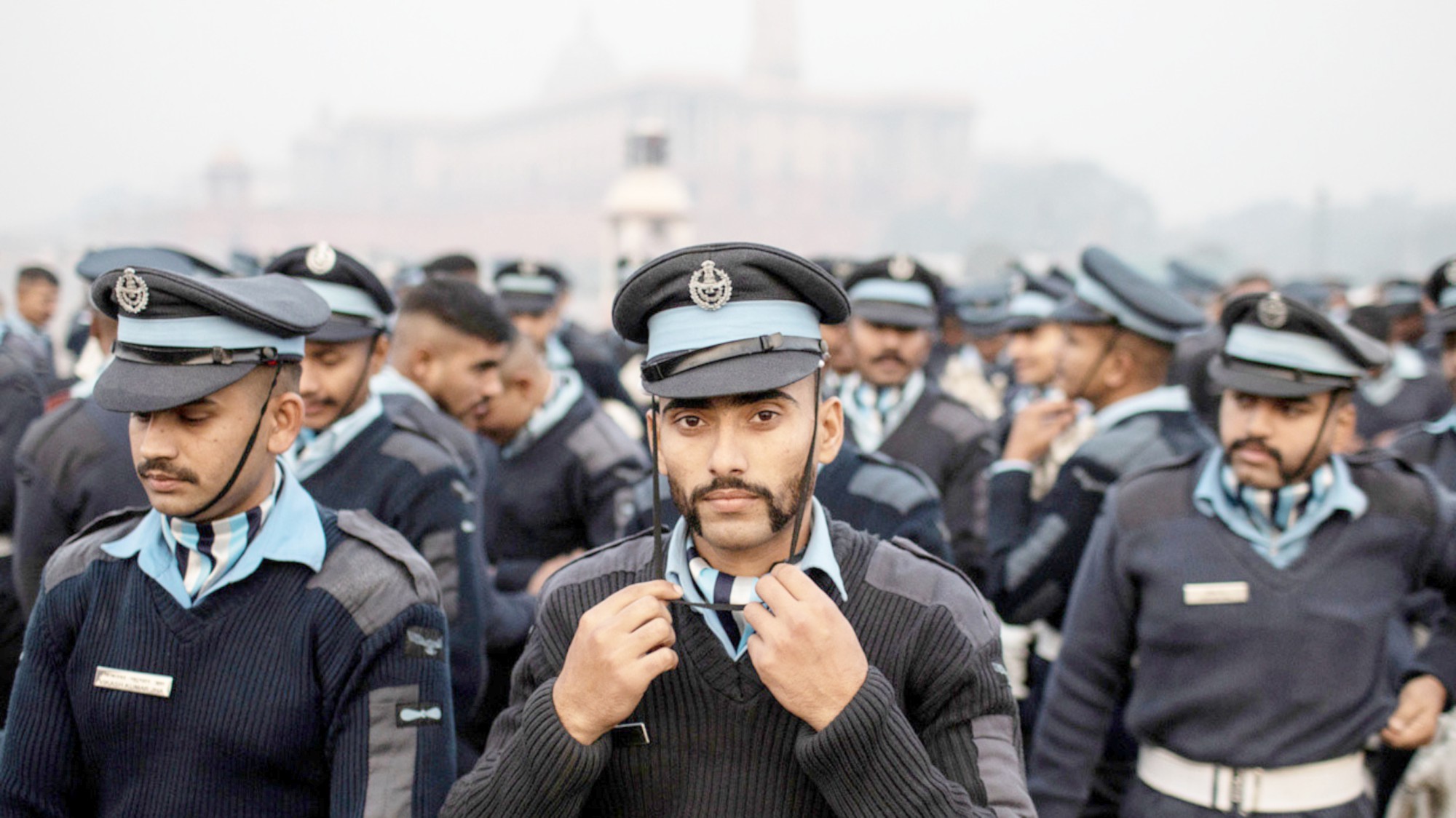India reshapes its military, seeks strategic balance with China
By Shishir Upadhyaya
India’s armed forces are undergoing a long overdue transformation, with several new military commands being rolled together and modernized. How does the latest move affect stability in the region?
In December last year, the Indian government appointed General Bipin Rawat as the country’s first Chief of Defence Staff (CDS) to act as the highest point of contact between the military and government, and to bring about a long overdue integration of the Army, Navy, and Air Force. Since then, General Rawat has unveiled a slew of transformational changes to be implemented on a “war footing.”
Remaking the military
The latest announcement is the creation of a ‘Peninsula Command’ to be set up by the end of this year headed by a naval officer. The plan will see the Navy’s Eastern and Western Commands merged, so “the Navy chief can disinvest himself from the closer Indian Ocean region and look at the bigger picture.”
The creation of the ‘Peninsula Command’ is not the only move Rawat has made towards integration. Earlier, the CDS announced the formation of an integrated air defense command by June 2020, under the Air Force. Since independence, the Indian Army, Navy and Air Force have been structured under separate operational commands. As a result, India currently has 19 military commands.
This arrangement has impacted overall operational planning and efficiency, particularly in matters related to new acquisition, compatibility of equipment, drills/ procedures, training and logistics, leading to huge wastages. Reforming this command structure was one of a number of reforms promised by Prime Minister Nerandra Modi during his 2019 election campaign.
Aside from the “New India” social reforms he vowed to enact, Modi demonstrated a willingness to assert India’s military strength. His decisive response to a terrorist attack in disputed Kashmir last February and his much-publicized test of an anti-satellite ballistic missile likely contributed to his victory at the polls, and illustrated India’s burgeoning superpower status.
Eyes on China
However, China still looms large in the “bigger picture” Rawat spoke about. The Indian peninsula has a coastline of over 5,400 kilometers and thrusts out into the Indian Ocean, overlooking crucial shipping lanes and strategic choke points. This provides India with a huge geostrategic advantage over its adversarial neighbour China, which is greatly dependent on shipping for its global trade and energy needs.
Based on this crucial advantage India even with a smaller naval force has maintained a relative balance of power with China. But, in recent years, increasing Chinese political and economic influence in the Indian Ocean region and the establishment of a PLA Naval base in Djibouti could potentially diminish India’s advantage in the region.
The establishment of a Peninsula Command will take on additional resources from the army and the air force. These include a newly established Sukhoi 30 fighter squadron the ‘Tigersharks’ to be stationed in the south of the country, another move aimed at redressing the balance of power between New Delhi and Beijing.
New theaters
The CDS is working on having fewer and larger geographic theater commands, such as the Peninsula Command and joint functional commands, such as the air defence command and a joint logistics command also announced last month. As far as the borders with Pakistan and China are concerned, the proposed plan is to establish an additional one or two theater commands each to deal with China on the northern and eastern border and Pakistan in the west.
This doctrine was first rolled out in 2001. As an experiment aimed at improving “jointness” among the three services, India established its first tri-services command at the Andaman and Nicobar Islands, followed by a strategic nuclear command in 2003. Then, as now, China’s plans were central to India’s. The Andaman and Nicobar islands guard the northern entrance to the Straits of Malacca, the waterway between Singapore and Malaysia, through which around 80 percent of China’s oil imports pass.
Though China is actively working to reduce its reliance on the straits, the passage remains vitally important for Beijing, and Chinese vessels regularly operate near the Andaman and Nicobar archipelago. Late last year, the Indian Navy expelled a Chinese research ship from the region for operating there without permission.
India’s latest ‘theaterization’ move comes nearly two decades after it first experimented with joint commands. As India joins the global club of superpowers, competition with these militaries particularly China’s will likely continue to dictate its military strategy. However, open war between these powers is unlikely as it would be devastating.
Aside from the destruction, it’s also extremely improbable, as Modi and Chinese President Xi Jinping enjoy fairly warm relations. Rather than preparing for war, India’s military reforms are better viewed as bringing balance to the power structure of the region, similar to the balance struck between Moscow and Washington during the Cold War.
Courtesy RT News.


